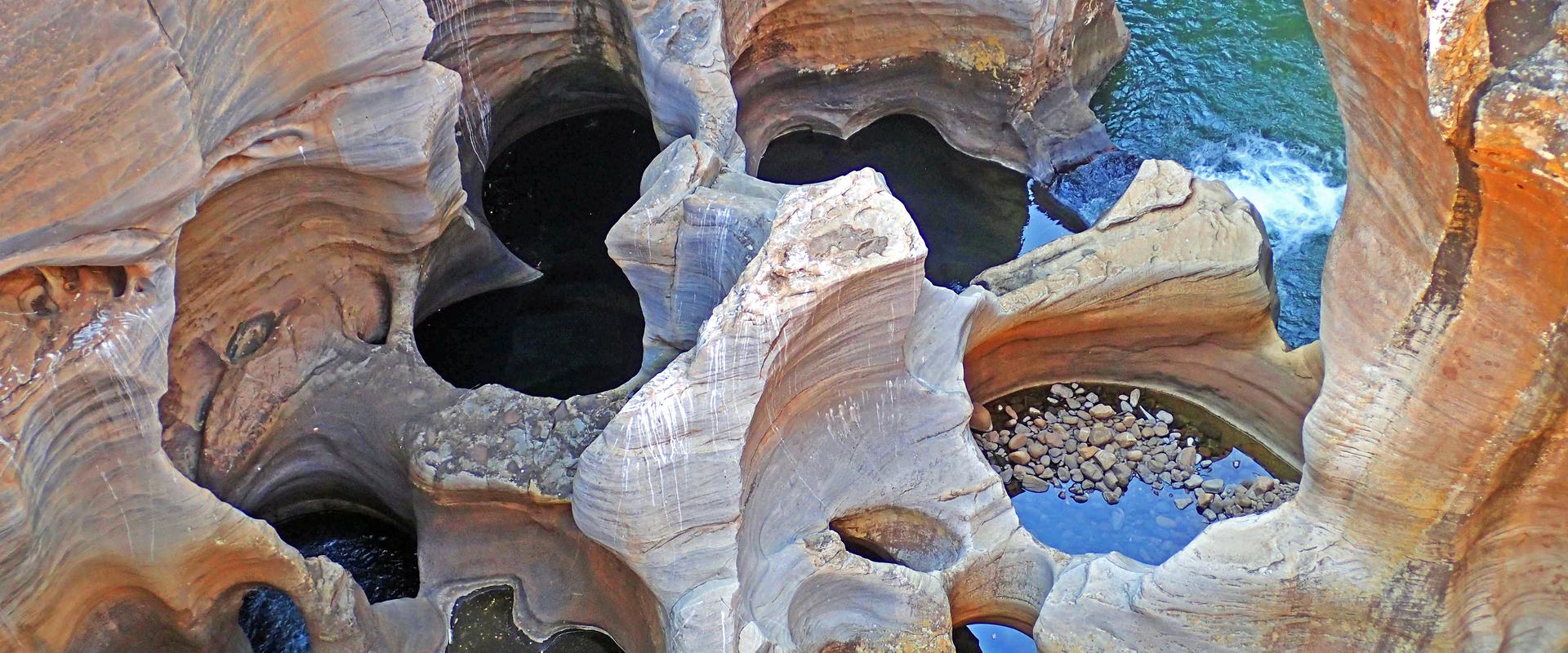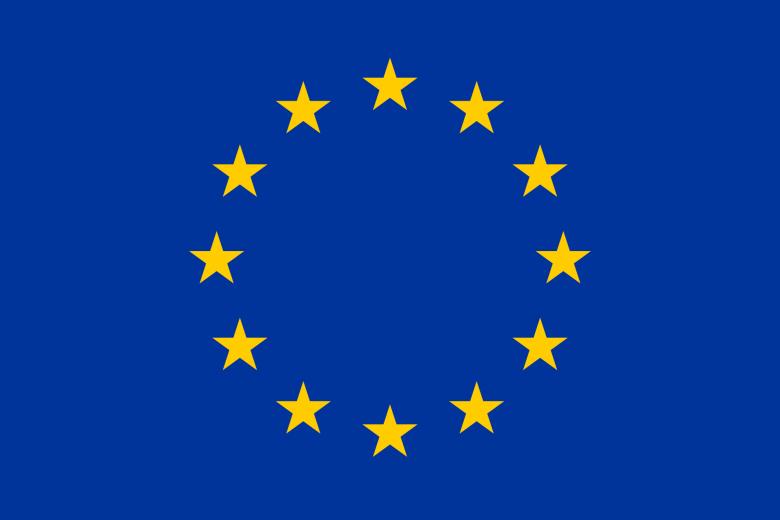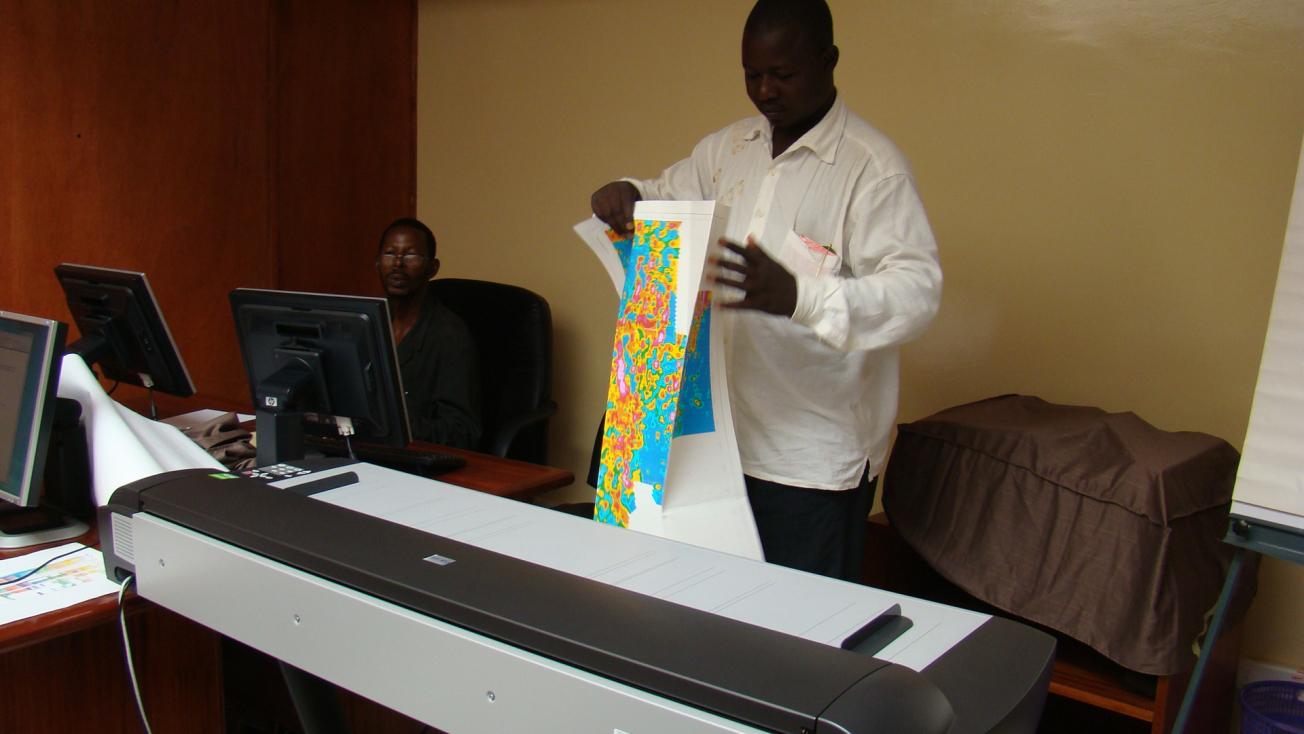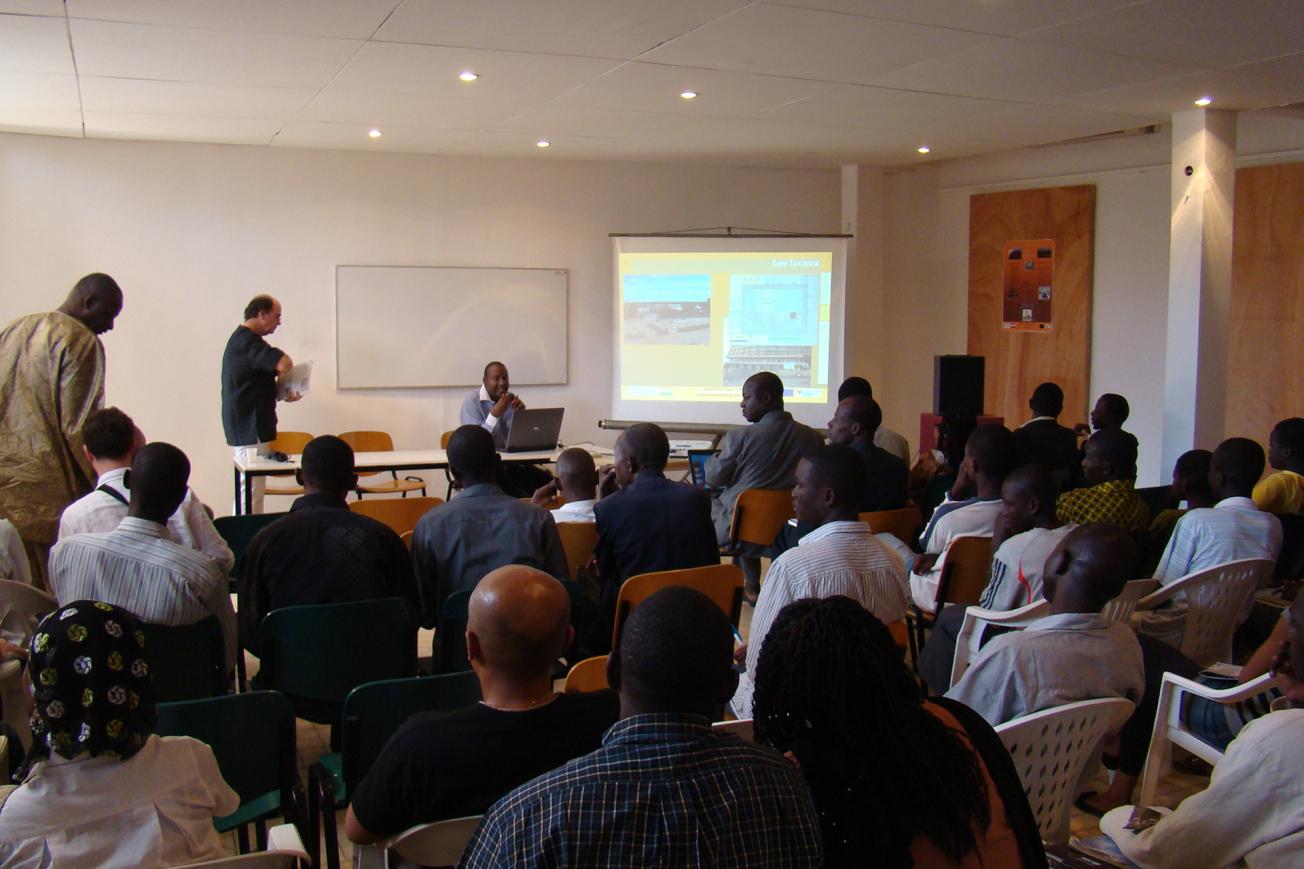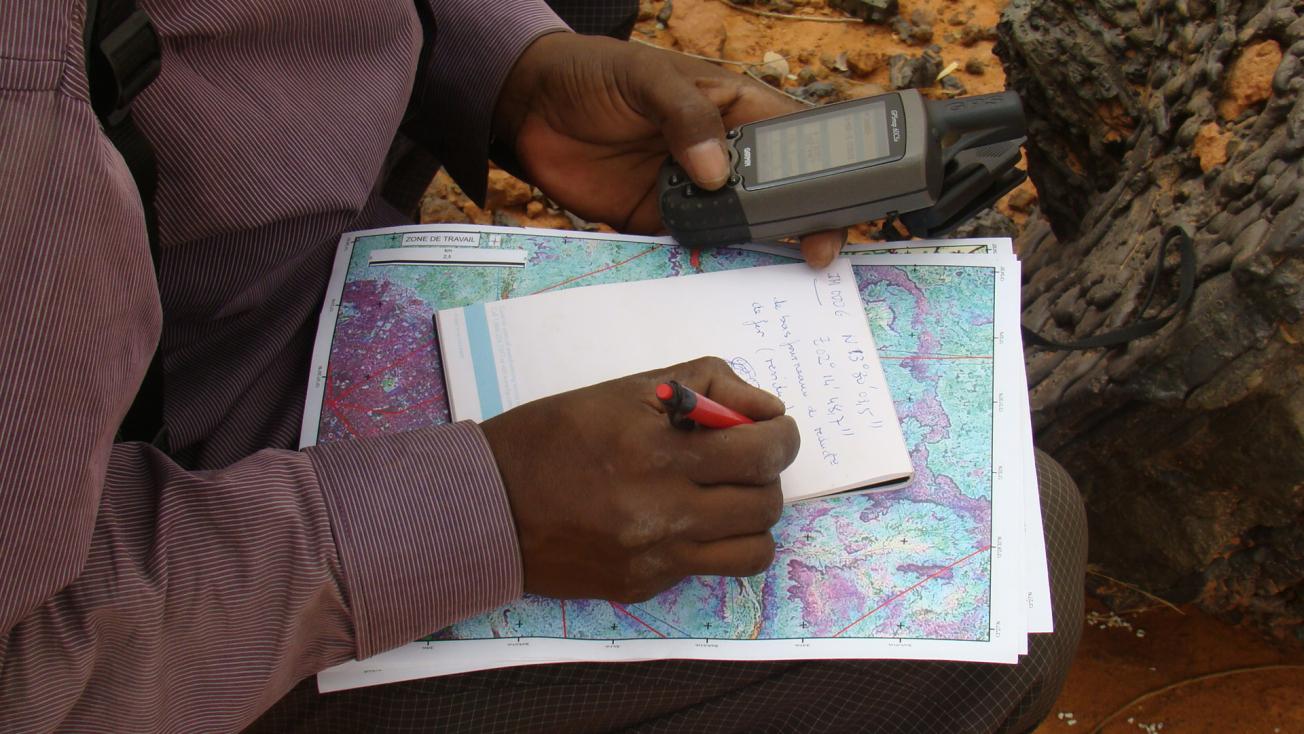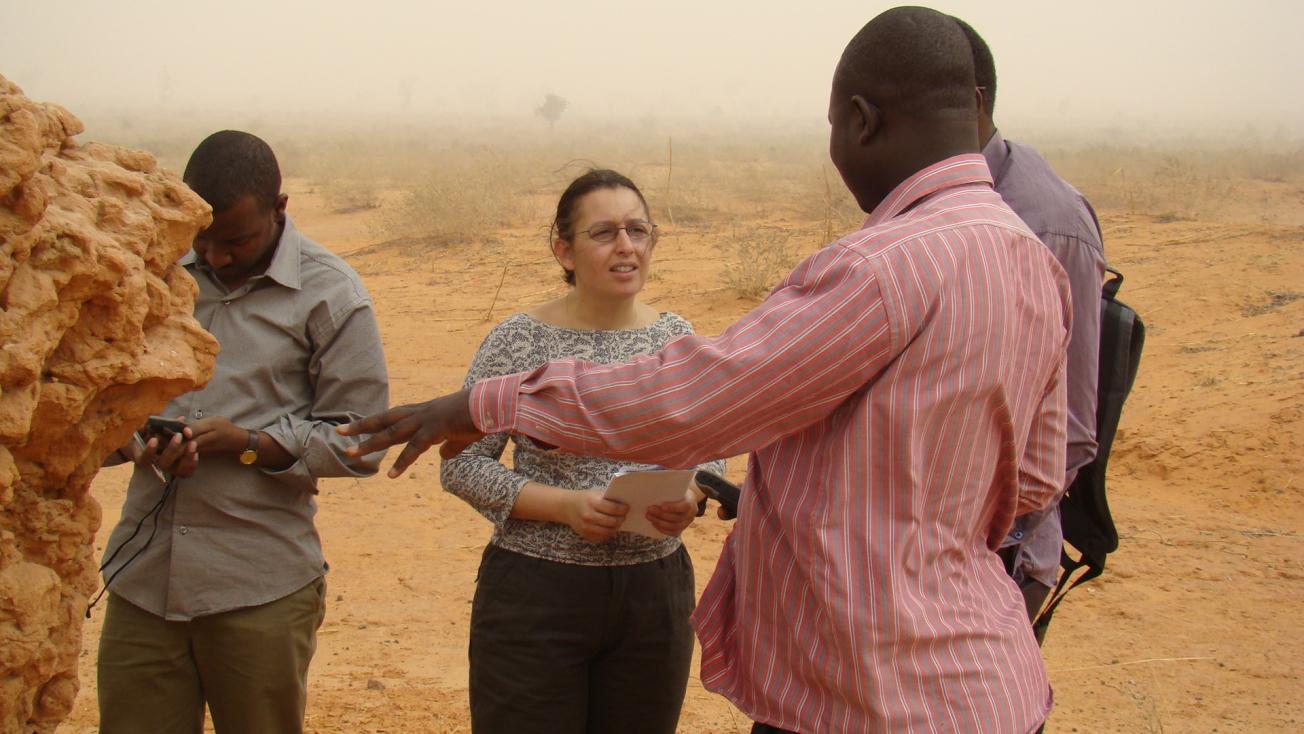Niger, one of the world’s poorest countries, cannot afford to finance monitoring of mining activities. The European union therefore decided to provide the necessary financing, via a 35 M€ grant under the SySMIn project and a contribution from the government of niger, for a programme to strengthen and diversify the country’s mining sector.
Providing the country with geological infrastructure
This programme aims in particular to provide niger with the necessary infrastructure to enable it to promote its mining potential (basic geological mapping tools, information systems, etc.) and to ensure that the Mining and Energy Ministry’s departments have the necessary operational capacities and complementarity to meet public and private user needs. The BRGM is responsible for two of the seven programme components: implementation of a geological information system and institutional capacity building.
Managing geological and mining information
On the scientific side, the ministry was clearly underequipped, in terms of facilities and human resources (lack of trained staff) to manage geoscientific information and especially geological and mining data. Setting up a system capable of managing this information and distributing it to investors as well as internally to government agencies was clearly an absolute necessity. To do so, the BRGM drew on its experience in this area, with adaptations to suit Niger’s specific circumstances in terms of technological complexity, capacities and costs. For example, open-access software was used as far as possible, as well as integrating facilities and know-how that were already available on the spot.
A training programme delivered over one year
In parallel, BRGM set up a full training programme, part of which was designed for the ministry’s engineers. A team of local university graduates was also recruited and trained. Nine people received substantial training locally, lasting nearly a year (until mid-2009), with half in the form of theoretical classroom instruction and half as tutorials. After the training period, the team members began to implement the system on their own, although BRGM continued to support them for another 18 months. The aim was to ensure that the team and the system were known and recognised within the country, through partnerships with universities, businesses and institutions and through know-how transfers, to help place the information system on a permanent footing.
Institutional support
The BRGM's mission also included institutional support. one of the problems in the case of niger’s economic and political players is that they are not on an equal footing with mining companies in terms of organisation and knowhow. There are many reasons for this but the overarching cause is the lack of financial means, which translates as unequal access to tools, high-level training and even to information. Thanks to the project, computer facilities were acquired, the ministry was computerised (with a network and servers) and training provided on a significant scale.
A willingness to extend the program
Now that these two components have been successfully completed, one of the European Union’s objectives is to extend the programme, in particular to strengthen institutional support for geological mapping and environmental, legal and fiscal aspects etc. For the BRGM, the programme was also an opportunity to renew its historical cooperative links (30 years of continuous presence) after a 10-year hiatus.

